Brian Campbell, 68, began working in construction when he was 20 years old. He is the third generation of his family to work for the same construction company in his hometown of Niagara Falls, New York. Brian is now retired from his construction job, but he looks back on his career in the business fondly. “The company I worked for did primarily heavy, industrial construction,” Brian describes. “We worked on roads and bridges, but we also did general contracting. We laid many concrete foundations and performed a lot of site work. I enjoyed my job in construction because every day that we worked, we accomplished something.” Even after retiring from his career, Brian doesn’t sit still. He continues to work three days a week in the freezer of a discount store at the Neighborhood Marketplace in The Villages®, where he lives. The part-time job gives Brian something to do. When he’s not working, Brian enjoys bowling, golfing and, occasionally, traveling back to New York to visit his family. “On one of my trips to Niagara Falls last year, sitting still in my car for such a long period of time, I developed phlebitis, or inflammation of some of the veins, in my right leg,” Brian recalls. “The phlebitis was extremely painful. I couldn’t even touch the skin in that area because it was so sensitive. “I also had terriblee on both my legs. Other than their unsightly appearance, the veins didn’t bother me because working in construction, I always wore jeans, so it didn’t matter. I didn’t really give them a thought.” Brian first considered treating his varicose veins in 2013 when he was living in Arizona but still working construction in Niagara Falls during the summer. The physician he consulted in Arizona suggested vein stripping, an invasive procedure in which the affected veins are forcibly removed from the legs. “That doctor was going to knock me out at the hospital and tear out my veins from top to bottom,” Brian declares. “But when I asked him if I would still be able to stand on my feet twelve hours a day after surgery to do construction, he couldn’t guarantee it. Plus, that procedure leaves you with pretty good scars and, often, nerve damage in your legs, so I said, Let’s not do it.” “Then last year, in addition to the phlebitis, I developed muscle cramps at night and itching on my legs down toward my feet. I didn’t attribute that to the varicose veins, because I didn’t have that heavy feeling in my legs that some people describe. But my veins were large. On a scale of one to ten, they were a ten. I went to my doctor, and she referred me to Dr. Sharma. She got me in to see him within a week.” Ravi Sharma, MD, is a board-certified cardiovascular surgeon with expertise in blood vessel disorders affecting the legs. His practice is Premier Vein Centers, which has offices in Homosassa and The Villages. Dr. Sharma ordered an ultrasound examination of Brian’s legs that showed a number of his leg veins were leaking and not enabling proper blood flow back toward his heart. This condition is called venous insufficiency, which was the cause of Brian’s varicose veins, nighttime cramps and itchiness. “The ultrasound showed that the leaking veins in my left leg were actually larger than the leaking veins in my right leg,” Brian recalls. “There just wasn’t a cluster of veins in one area like there was in the right leg. “Dr. Sharma told me we couldn’t treat my right leg until we got the phlebitis under control, which took several months. We treated the phlebitis using heavy compression and ibuprofen. While that was healing, Dr. Sharma treated the varicose veins in my left leg.”
High Blood Pressure
The human circulatory system is made up of an intricate series of blood vessels. Veins are the blood vessels that return oxygen-depleted blood back to the heart. There are three types of veins: superficial veins, deep veins and perforator veins. Superficial veins lie close to the skin, deep veins lie in groups of muscles, and perforator veins connect the superficial veins to the deep veins. “Venous insufficiency occurs when the deep leg veins cannot pump blood back to the heart,” Dr. Sharma observes. “Chronic venous insufficiency has multiple causes. Over long periods of sitting or standing, the blood in leg veins can pool. This increases the venous blood pressure and weakens the vein walls and valves, thereby damaging the valves. Damaged valves prevent proper blood flow back to the heart.” Venous insufficiency has many signs and symptoms. Signs are the issues that can be seen, such as bulging varicose veins, swelling, and thickening and discoloration of the skin of the ankles or legs. Symptoms are those things that are felt, not seen. They include throbbing, aching, stinging, burning, itching, nighttime leg cramps and restless legs. These signs and symptoms are all indications that the veins are not functioning properly. “It is extremely important that patients experiencing any of these signs and symptoms have their leg veins assessed,” Dr. Sharma emphasizes. “Leaving the condition untreated can lead to more serious complications, including leg ulcers, infection and a breakdown of the skin. “When seeking a physician for care, it is crucially important for people to choose surgeons who specialize in venous diseases and only venous diseases. I recommend staying away from physicians in large practices that offer a wide variety of services who perform venous treatment as a side service. “The physicians people choose should also be experienced in the advanced procedures available to treat venous diseases. In addition, they must also express genuine concern and compassion for their patients. Physicians with these qualifications achieve the best outcomes.”
Tiny Incisions
Premier Vein Centers offers a full range of advanced, minimally invasive treatment options for addressing varicose and spider veins. These treatment options include microphlebectomy, endovenous laser ablation (EVLA), sclerosing injections and VenaSeal™. Dr. Sharma relies on his many years of experience when determining which technique to use for each patient to achieve the best outcome. Microphlebectomy has replaced stripping, the outdated, more invasive procedure during which doctors removed the large veins by making big gashes across the leg that often left the patient with large scars. “With microphlebectomy, the incision is tiny – about the size of the tip of a scalpel – and we can do much more through that small incision,” Dr. Sharma reports. “And with this procedure, patients end up with tiny marks on the skin or no scars at all.” During EVLA, a sterile laser fiber is introduced into the incompetent vein via a small puncture in the leg. Laser energy is then delivered through the fiber, painlessly closing the vein in less than an hour, using local anesthesia.
“I bowl four to five days a week, and I have no trouble at all with my legs now.”-Brian
Sclerosing injections are used to treat spider veins, which are tiny, dilated blood vessels in the skin that become swollen with stagnant blood. Dr. Sharma uses ultrasound-guided sclerotherapy (UGS) to guide the injections that gently close the problem vessels. VenaSeal is a non-thermal closure system that relieves symptoms by delivering small amounts of a specially formulated medical adhesive, or “super glue,” to the diseased vein. This permanently seals the vein. This procedure does not require multiple needle sticks and, in some cases, support stockings are not necessary. Dr. Sharma uses his expertise to determine which procedures will work best based on each patient’s symptoms and health status. These advanced treatments are all performed in a comfortable office setting and result in little or no downtime and discomfort. “Our patients are often very relieved to discover that there is no general anesthesia involved in our minimally invasive treatments,” Dr. Sharma points out. “And they are happy to learn that they can resume activities right away.” Premier Vein Centers provides a free initial consultation and accepts most insurance, including Medicare.
“No Trouble at All”
Using Brian’s ultrasound results as a guide, Dr. Sharma created a treatment plan that addressed Brian’s specific venous conditions. Dr. Sharma called on his vast experience when determining which minimally invasive procedures would work best in Brian’s case. “Starting with my left leg, Dr. Sharma performed a combination of laser ablation and microphlebectomy,” Brian describes. “My procedures were not really painful, but I guess that depends on how much work you’re having done. And most people don’t have the extent of work I had done. My legs were about as bad as you can get. “But they’re very good now, and they look good. I never imagined my legs could look and feel this good after having those procedures done. And since they were done, I don’t have any funny feelings in my legs, no nerve damage and there are no scars, just little marks where Dr. Sharma performed the microphlebectomy.” Brian was amazed by how quickly following Dr. Sharma’s vein procedures he began to feel relief from the cramping and itchiness in his legs. But he doesn’t take the relief for granted. He continues to take steps to keep any venous insufficiency symptoms at bay. “My legs felt good right away,” Brian says. “But even now, I wear compression stockings for added support for my legs. I don’t have to wear them every day, but I wear them the majority of the time. I’m on my feet lifting heavy crates in the freezer at work, I bowl four to five days a week, and I have no trouble at all with my legs now. “I realize mine wasn’t an easy case. My situation wasn’t a piece of cake for Dr. Sharma or for me, but it all worked out really well. I feel very comfortable recommending Dr. Sharma and Premier Vein Centers to anybody with leg vein issues.”




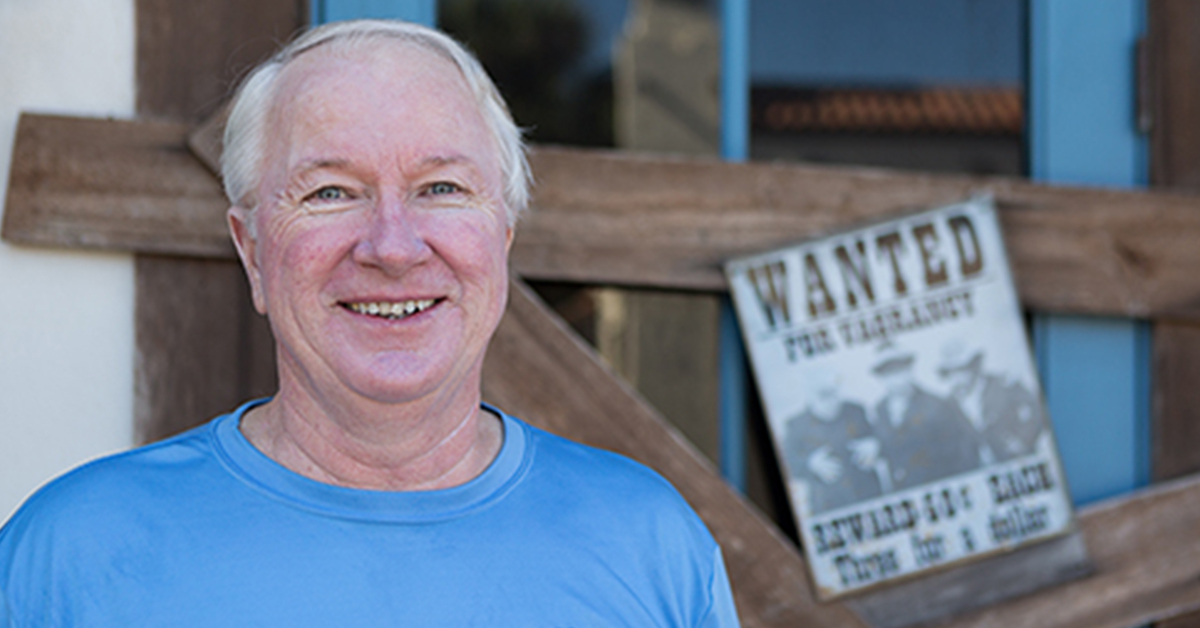
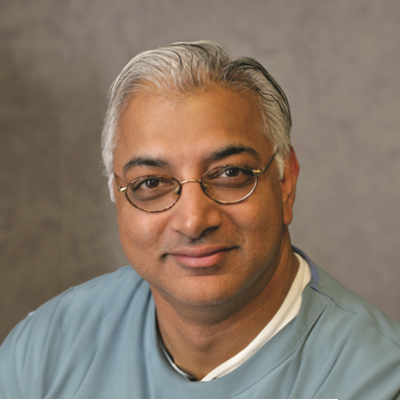
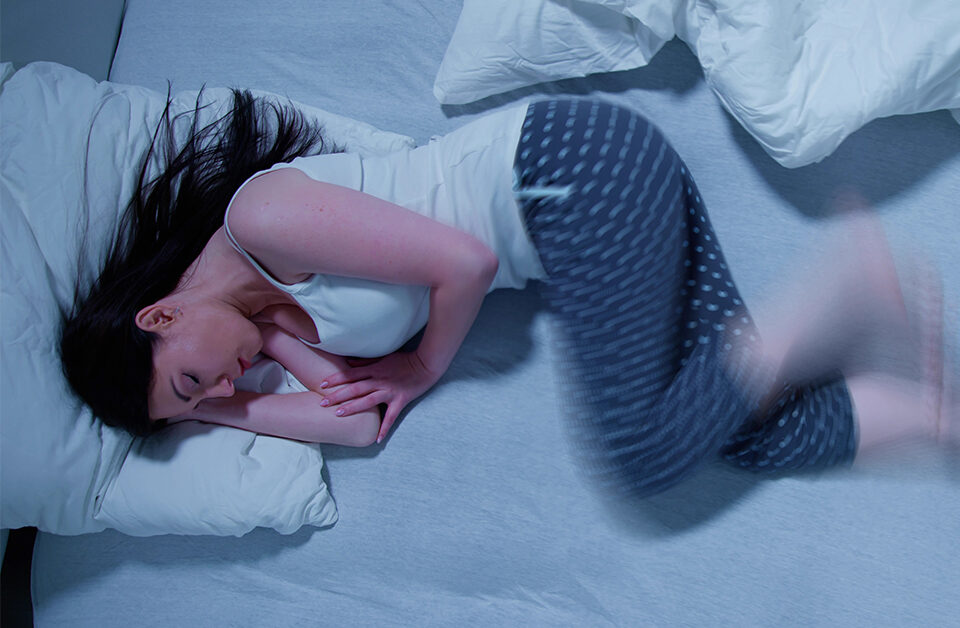
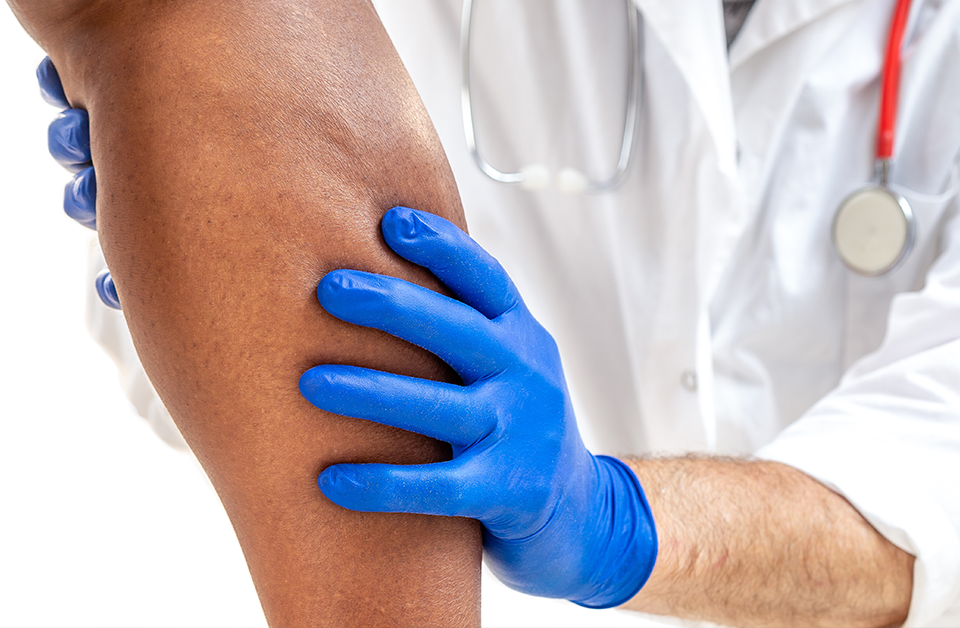
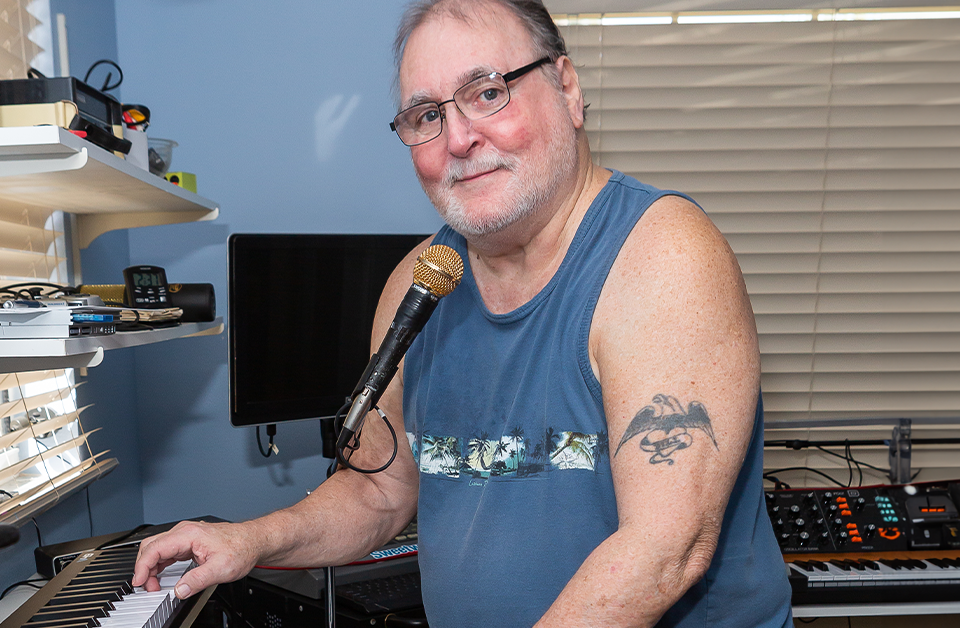

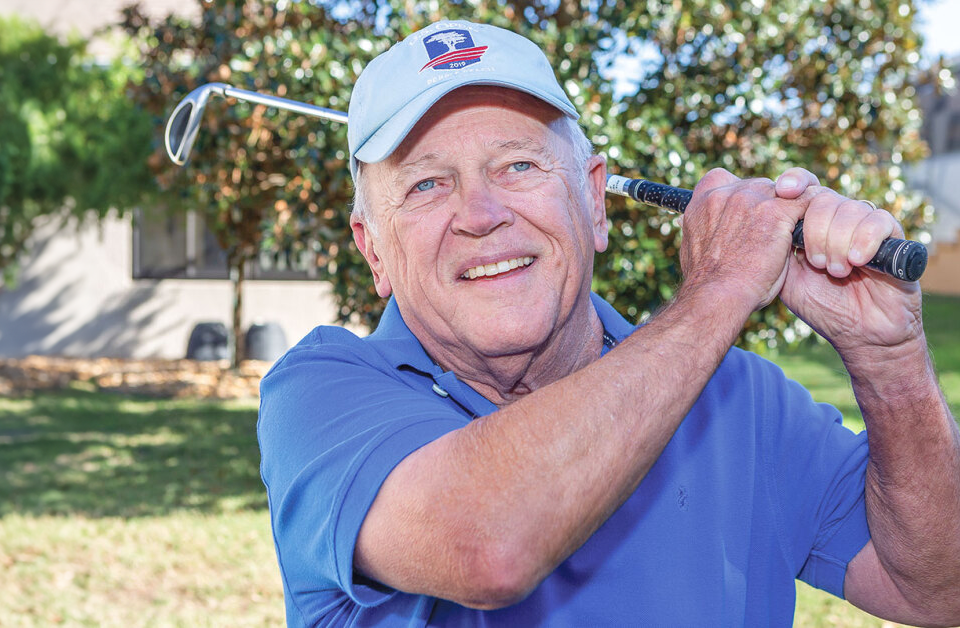
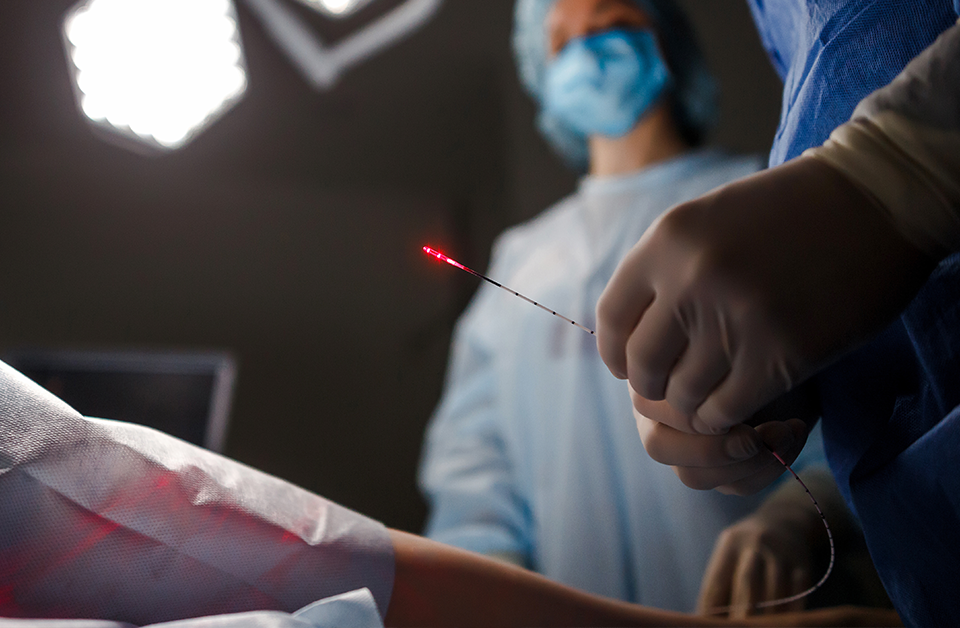
Leave a Reply